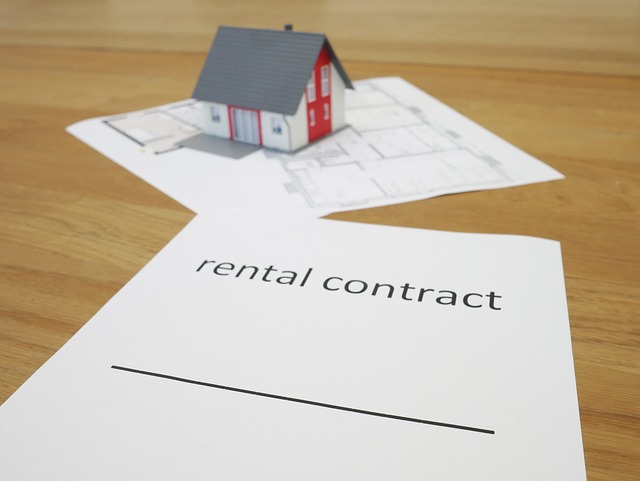Understanding your risk tolerance and time horizon is key when planning long-term financial stability. Real estate, though perceived as low-risk, needs substantial capital and can be affected by market downturns. Assessing risk tolerance helps decide if real estate is suitable for your portfolio. Set achievable goals like buying a home or retiring by a specific age, break them into smaller targets, and diversify investments including residential and commercial real estate to mitigate risks while enjoying benefits like rental income. Stay informed about market trends and property values for sound real estate decisions aligned with financial aspirations.
“Achieving long-term financial stability requires strategic planning, especially when considering real estate investments. This comprehensive guide walks you through essential steps to secure your financial future. Begin by evaluating your risk tolerance and time horizon, crucial factors in determining investment strategies. Define clear financial milestones for the long term, aligning with your goals. Explore diverse real estate options, from residential to commercial properties, understanding market trends and potential returns. By implementing these strategies, you can navigate the complex world of real estate investments with confidence.”
Assess Your Risk Tolerance and Time Horizon

When planning for long-term financial stability, understanding your risk tolerance and time horizon is essential. Risk tolerance refers to how much volatility and potential loss you’re comfortable dealing with in your investments. If you’re nearing retirement, for instance, you might have a lower risk tolerance as you aim to preserve capital rather than ride out market fluctuations. Conversely, if you’re younger, with a longer time horizon, you may be able to afford taking on more risk in exchange for potentially higher returns.
Real estate can play a significant role here. It’s often considered a less risky investment option over the long term due to its tangible nature and historical appreciation. However, it also requires significant upfront capital and can be subject to market downturns and property values fluctuations. Assessing your risk tolerance will help you decide whether real estate is the right fit for your portfolio and how much of your assets you’re willing to allocate towards it.
Define Long-Term Financial Milestones

Long-term financial stability goals are the cornerstone of a secure future, and defining these milestones is the first step towards achieving them. These goals can vary greatly from individual to individual, but they often include significant purchases like buying a home or investing in real estate, retirement planning, and ensuring a comfortable lifestyle for oneself and one’s family. In terms of real estate, setting a milestone might be to save for a down payment on a property, understanding the market trends, and strategically timing your purchase.
For many, financial milestones are tied to significant life events or age-based targets. For instance, purchasing a first home by 30 or planning for retirement by 50. Defining these long-term goals requires careful consideration of current financial standing, income potential, expenses, and the time horizon for achieving the desired outcome. It’s important to break down these milestones into smaller, manageable savings or investment targets to make them more attainable over time.
Explore Real Estate Investment Strategies

Investing in real estate can be a powerful tool for achieving long-term financial stability. It offers a tangible asset that can appreciate over time, providing a solid foundation for your future financial goals. Exploring various real estate investment strategies allows you to diversify your portfolio and mitigate risks. Consider both residential and commercial properties, as each has unique advantages.
For instance, rental income from residential properties can offer a steady cash flow, while commercial investments may appeal to those seeking higher returns over the long term. Understanding market trends and local dynamics is key when navigating real estate. Staying informed about property values, vacancy rates, and economic shifts in your target areas will help you make informed decisions, ensuring your investment strategy aligns with your financial aspirations.






